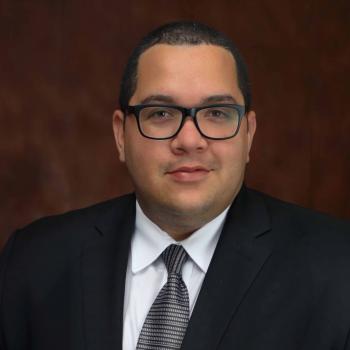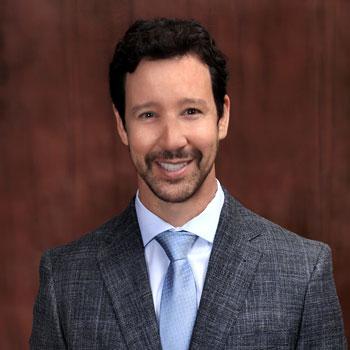Experience The Blessing Difference: Platelet Rich Plasma
Healing after an injury relies on a well-orchestrated and complex series of events where proteins in the blood act as messengers to regulate the entire process. Many proteins involved in the healing process are derived from platelets - small, colorless cell fragments that circulate freely through the bloodstream.
When an injury occurs, platelets become activated and rush to gather at the damaged site where they release beneficial proteins called growth factors that stimulate tissue repair. This is the beginning of the healing process. Interest in using a patient’s own blood components delivered directly to the site of injury to accelerate healing has been growing for many years. New research and developing technology are continuing to expand the applications of this therapy for orthopedic procedures involving soft-tissue injuries to muscles, tendons, and ligaments as well as osteoarthritis.
What is platelet-rich plasma (PRP)?
The increased levels of growth factors released from PRP have the potential to stimulate the repair process and speed healing. PRP is a highly concentrated solution of a patient’s own platelets that is injected to a site of injury where it may induce the release of growth factors and stimulate rapid healing.
How does the PRP process work?
Your health care provider will withdraw a small amount of blood from a vein in your arm. This sample is placed in a centrifuge, where it undergoes a high-speed spinning process that separates and concentrates the platelets and other beneficial growth factors from other blood components. The PRP layer is aspirated from the red blood cells and is injected or applied, under sterile conditions, into the localized area of abnormality. The entire PRP production process is usually done in less than 30 minutes.
Why PRP?
-
Less side effects when compared to steroid injections or surgery
-
Longer lasting
-
Natural and organic from your own body
-
Speeds up and promotes healing
-
Minimal to no down time
-
Minimally invasive
What are the risks associated with PRP treatment?
PRP is from your own blood, autologous, so there is little to no risk when conducted by a trained professional. Since the cells are autologous there is no risk for an allergic or immune reaction. Side effects or complications with PRP are extremely rare.
What are the long term outcomes of PRP treatment?
Platelet therapy uses your body’s own natural properties to treat your injury. Patients can expect to see significant improvement in symptoms over the course of healing time. This procedure may eliminate the need for further invasive treatments, such as surgery or prolonged use of medications. While other treatments such as corticosteroid injections may provide temporary relief and stop inflammation, PRP injections stimulate healing of the injury over a shorter time period with less side effects. Patients usually report a gradual improvement in symptoms and return of function. Many patients require two to three treatments to obtain optimal results and may even experience a dramatic return of function and relief within 2-3 months.
What is the recovery after PRP treatment?
The anesthetic used to numb the skin generally wears off in 1-2 hours. Mild pain and swelling may occur at the injection site. However, the majority of patients are able to return to usual activities with minimal to no down time.
Will my insurance cover this procedure?
While PRP treatments have been around for many years, many insurance companies still consider the treatment experimental and deny coverage. Your health care provider’s office will contact your insurance company to confirm whether they will cover your procedure. If your insurance will not cover PRP treatment, your provider may discuss other options with you.
Contact Us
To learn more or refer a patient, please call (217) 214-0444.








